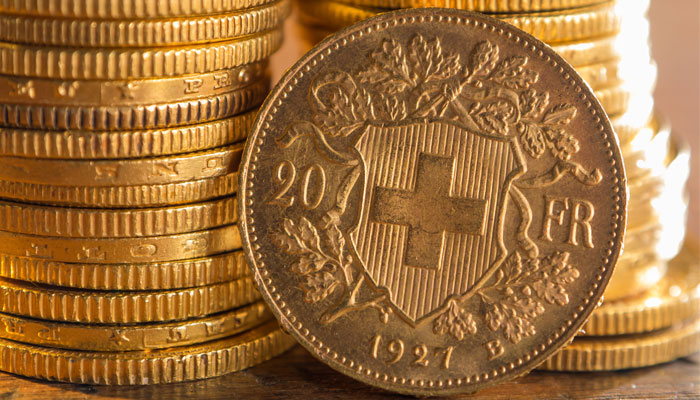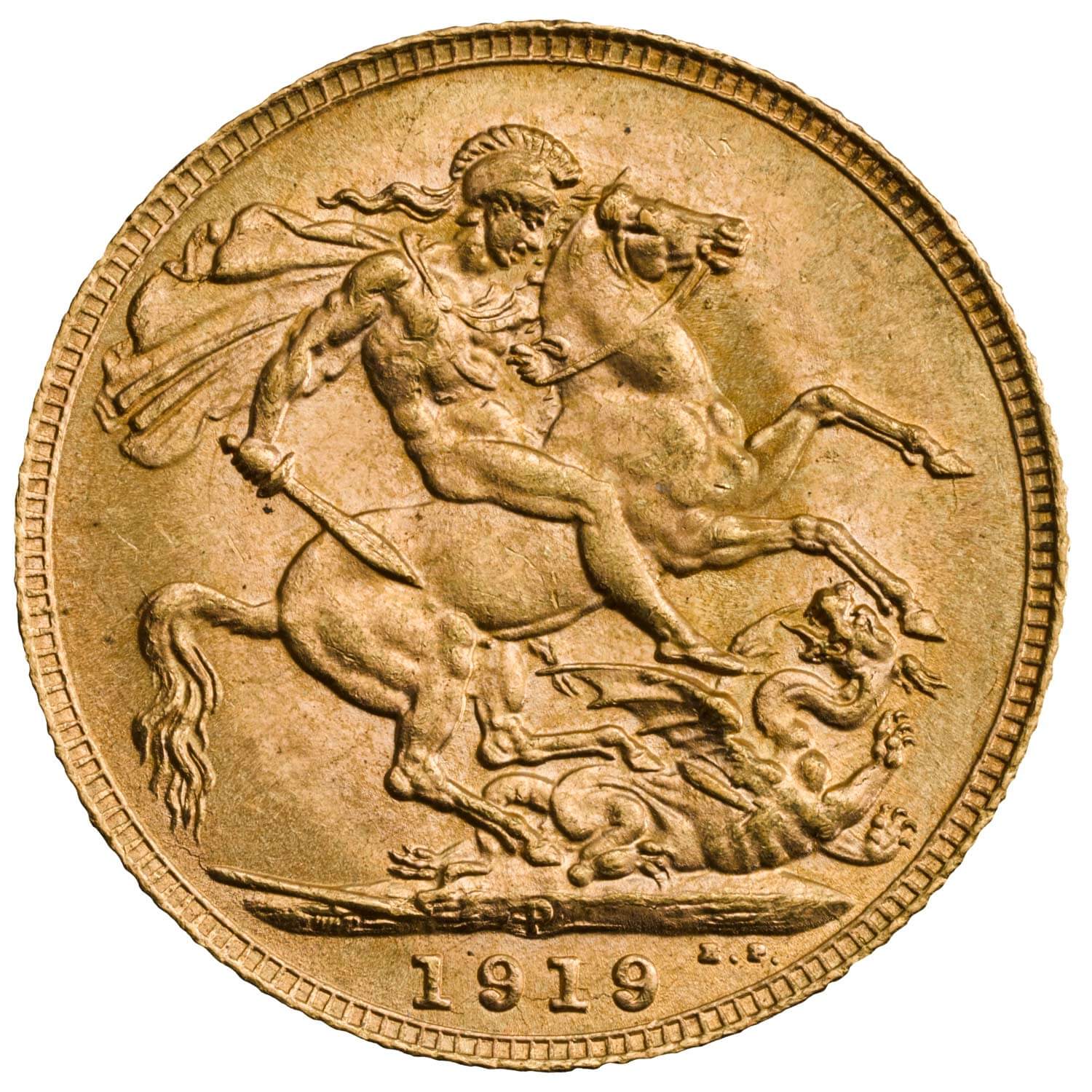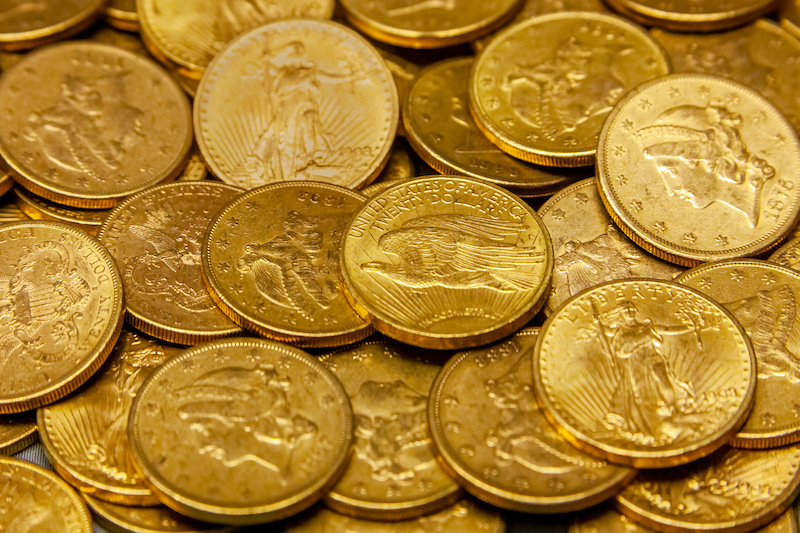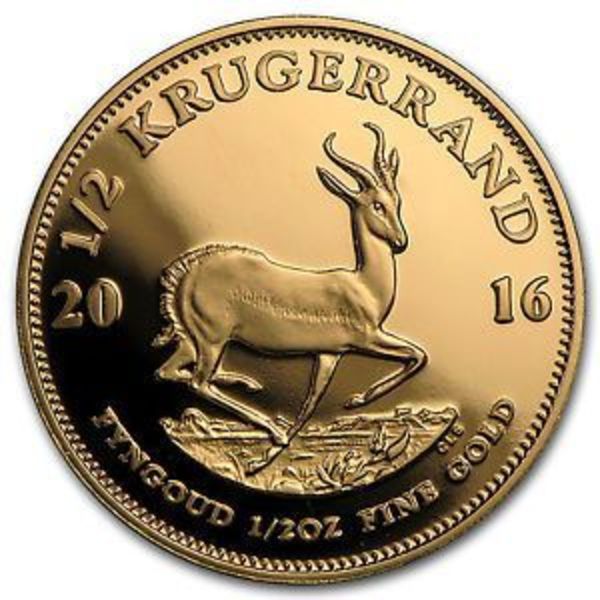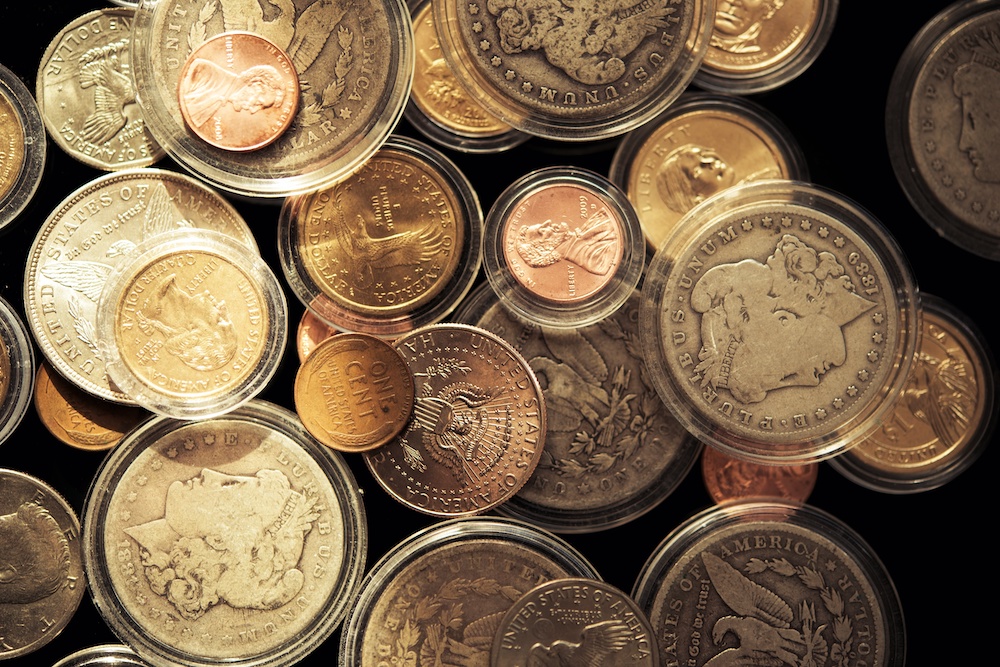Long before the euro unified much of Europe under a common currency, there was an earlier and ambitious 19th-century attempt to create a unified monetary system across multiple European states: the Latin Monetary Union (LMU). Established in 1865 and formally dissolved in 1927, the LMU aimed to harmonize coinage systems among its members to simplify trade and strengthen economic ties across the continent. The system was grounded in bimetallism, a standard that fixed currency’s value to gold and silver coins, before transitioning to a full gold standard.
Origins and Formation of the LMU
The Latin Monetary Union was officially created through a treaty signed on December 23, 1865, by France, Belgium, Italy, and Switzerland. The French monetary system and its long-established Franc largely influenced the agreement. The goal of the LMU was to unify participating countries’ coinage systems based on standardized weights, metallic content, and denominations, enabling coins from any member state to be used interchangeably throughout the Union.
The agreement also introduced a fixed gold-to-silver ratio of 15.5:1, in line with the French monetary model dating back to Napoleon Bonaparte’s 1803 economic reform. Each franc coin was defined as containing 4.5 grams of fine silver or, equivalently, 0.290322 grams of fine gold. This bimetallic ratio was designed to maintain price stability between the two metals and encourage a balance in coin circulation.
Coinage Standards under the LMU
Coins minted by LMU member countries were issued in gold and silver, adhering strictly to the specifications outlined in the treaty. The standardized denominations and specifications were as follows:
Gold Coins (.900 fine):
Silver Coins:
- 5 francs (.900 fine)
- 2 francs, 1 franc, 50 centimes, 20 centimes (.835 fine)
The most widely circulated LMU gold coin was the 20 Franc coin, struck with a diameter of 21 mm, weighing 6.45 grams total. Of this, 5.806 grams were pure gold, with the remaining 0.644 grams of copper for durability. These coins were often referred to colloquially as “Napoleons” in France and “Marenghi” in Italy. They had equivalent names in other member countries.
Another common denomination, the silver 5 franc coin, weighed 25 grams and had a purity of .900, translating to approximately 0.723 troy ounces of fine silver. The lower-denomination silver coins (below 5 francs) were produced with a slightly lower fineness of .835, consistent across all member states.
Expansion and Influence of the LMU
In 1867, Greece formally joined the Latin Monetary Union. Though not an original signatory, the Greek drachma was redefined to match the weight and specifications of the French Franc. Several other nations either formally or informally aligned their currencies with LMU standards:
- Spain and Romania considered formal accession but ultimately did not ratify the treaty. However, both countries minted coins according to LMU specifications to facilitate trade.
- Austria-Hungary rejected the bimetallic system but signed a separate 1867 agreement with France to mint certain gold denominations—specifically, the 4 and 8 gulden (florin) coins—to match the French 10 and 20 franc standards.
- Despite not being formally members, Serbia, Bulgaria, Finland, and Venezuela also minted LMU-conforming coins.
The LMU even extended beyond Europe. Several Latin American nations adopted the franc-based system for coinage:
- Peru adopted it in 1863
- Colombia and Venezuela followed in 1871
- The Danish West Indies transitioned to the franc standard in 1904, although they did not formally join the Union
Shift to the Gold Standard
Due to the fluctuating market value of silver and increasing hoarding of coins, the LMU officially abandoned its bimetallic foundation in 1873, moving entirely to a gold standard. This aligned with a global transition in monetary policy, as many other nations also moved away from silver-based coinage in response to declining silver prices.
After adopting the gold standard, 1 franc was fixed at 0.290322581 grams of fine gold.
Decline and Dissolution
Despite success in the late 19th century, the LMU faced increasing strain in the early 20th century. World War I, currency devaluations, and fiscal mismanagement among some members led to the breakdown of the Union’s integrity. Countries began violating the agreed-upon standards by issuing debased or fiat coins. By 1927, the Latin Monetary Union was officially dissolved.
The LMU was one of the first attempts to build a multinational monetary union, laying the groundwork for future efforts like the Eurozone.
LMU Gold and Silver Coins
| Country | Coin Denomination | Composition | Mint Years |
|---|---|---|---|
| France | 5, 10, 20, 50, 100 Francs (Gold) | .900 Gold | 1850–1914 |
| France | 20c, 50c, 1, 2 Francs (Silver) | .835 Silver | 1865–1920s |
| France | 5 Francs (Silver) | .900 Silver | 1865–1878 |
| Belgium | 5, 10, 20, 50, 100 Francs (Gold) | .900 Gold | 1865–1914 |
| Switzerland | 10, 20 Francs (Gold) | .900 Gold | 1873–1949 |
| Switzerland | 1, 2 Francs (Silver) | .835 Silver | 1874–1967 |
| Italy | 10, 20, 50, 100 Lire (Gold) | .900 Gold | 1861–1923 |
| Italy | 50c, 1, 2 Lire (Silver) | .835 Silver | 1861–1920 |
| Greece | 5, 10, 20 Drachmae (Gold) | .900 Gold | 1876–1884 |
| Greece | 1, 2, 5 Drachmae (Silver) | .835/.900 Silver | 1868–1912 |
| Spain | 5, 10, 20 Pesetas (Gold) | .900 Gold | 1876–1904 |
| Spain | 50c, 1, 2 Pesetas (Silver) | .835 Silver | 1880s–1890s |
| Austria-Hungary | 4, 8 Florins = 10, 20 Francs (Gold) | .900 Gold | 1870–1892 |
| Romania | 20 Lei = 20 Francs (Gold) | .900 Gold | 1883 |
| Bulgaria | 20 Leva = 20 Francs (Gold) | .900 Gold | 1894 |
| Serbia | 20 Dinara = 20 Francs (Gold) | .900 Gold | 1882 |
| Finland | 20 Markkaa = 20 Francs (Gold) | .900 Gold | 1878–1913 |
| Peru | 5 Francos (Silver), 20 Francos (Gold) | .900 Silver/.900 Gold | 1863–1880s |
| Colombia & Venezuela | 5, 10, 20 Francos | .900 Gold | 1871–1880s |
| Danish West Indies | 5 Francs (Silver) | .900 Silver | 1904 |
Conclusion
The gold coins of the Latin Monetary Union are a fascinating chapter in European and global monetary history. These coins—especially the 20 Franc Gold coins—are prized today by numismatists and precious metal investors for their beauty, historical context, and uniform specifications. Collecting LMU gold coins offers a tangible link to when Europe first dreamed of monetary unification, nearly a century before the euro.
